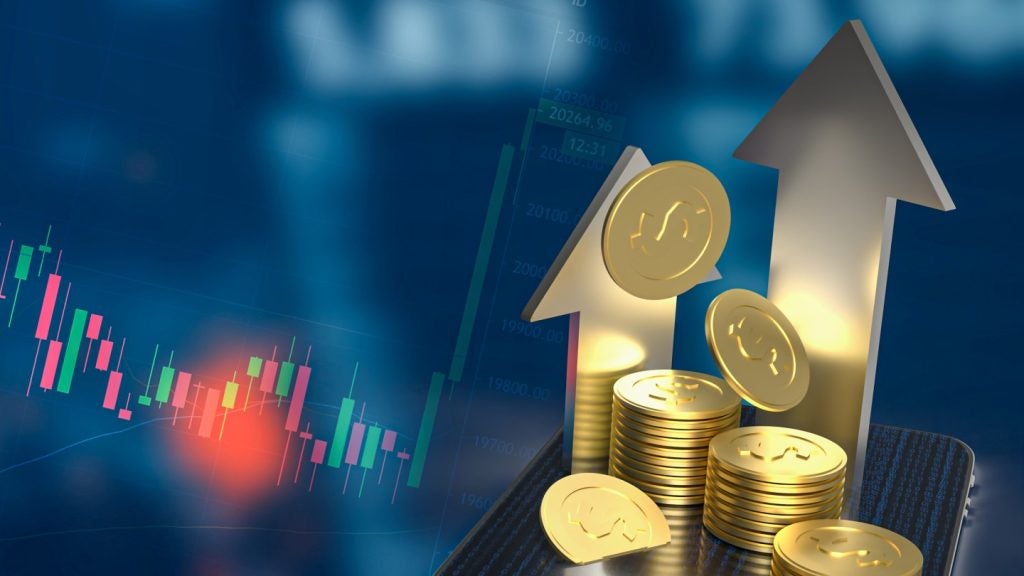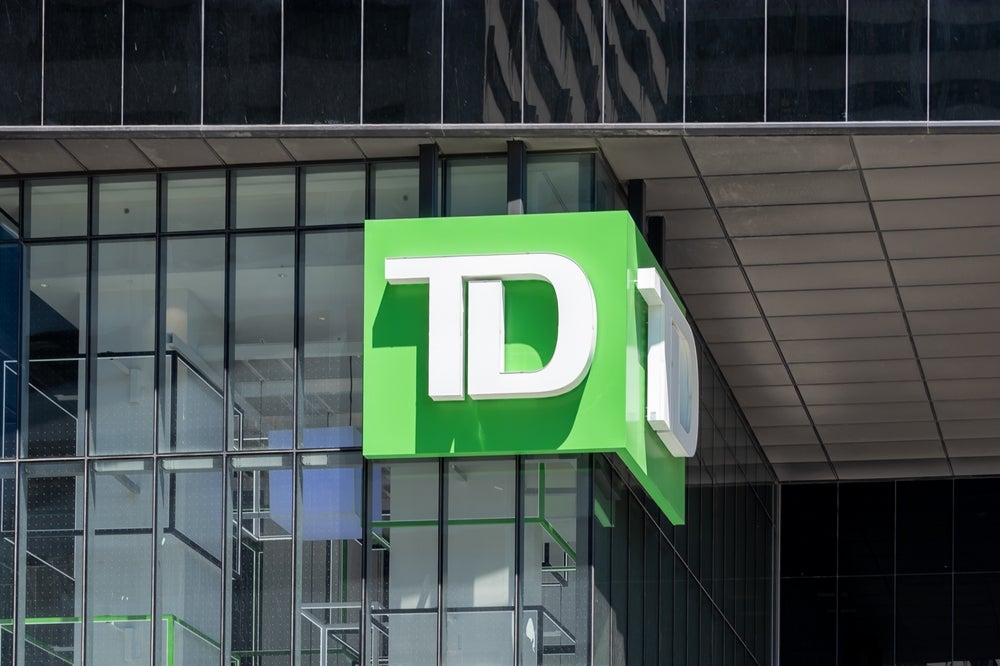Brexit and Trump. Two landmark events in 2016 point to a change in economic policies going forward: away from monetary policy to concerted fiscal stimulus and infrastructure spending. The largest economy in the world, the US, is ploughing ahead and taking global rates and the world’s reserve currency along with it, writes Chief Strategist and Head Research at Julius Baer, Christian Gattiker
The year 2016 proved to be a turning point in the global economic policy mix as protests against the current business regime reached new dimensions. After the Brexit vote in June and the US elections in November, the wake-up call for policymakers was not to go unheard: the times when central banks were the only game in town are over. Governments have to do whatever it takes to spur growth.
The UK government chose to take case-by-case decisions such as considering corporate tax cuts or approving infrastructure projects like a GBP 18 billion nuclear power plant or a third runway at Heathrow.
New medication for the same old disease
How well do you really know your competitors?
Access the most comprehensive Company Profiles on the market, powered by GlobalData. Save hours of research. Gain competitive edge.

Thank you!
Your download email will arrive shortly
Not ready to buy yet? Download a free sample
We are confident about the unique quality of our Company Profiles. However, we want you to make the most beneficial decision for your business, so we offer a free sample that you can download by submitting the below form
By GlobalDataAs for the US, the victory of the Republicans and their president-elect Donald Trump opens the opportunity to introduce the biggest policy change since the early 1980s – also called Reaganomics 2.0. While the original (see box below) was designed to curb government spending overall – which it actually did not –, the 2017 edition is likely to be a lot more about outright infrastructure spending besides tax cuts and reduction of regulation.
Re-enter the Laffer curve
The most striking feature of these supply-side-driven policies is the underlying assumption of the Laffer curve. This concept, which lacks scientific proof, forecasts an increase of tax revenues after a cut in taxes – assuming the US economy is on the right half of the graph. At the same time, central banks are assumed to be accommodative to let economies gain the necessary traction. If successful, this policy mix should allow a pick-up in economic activity and a normalisation of inflation rates. This in turn should be reflected in normalising, i.e. rising yield levels and stronger stock markets, while the US dollar gets a boost as the US ventures out first in this policy mix and takes rates and the US dollar along with it.
Key calls for 2017
Against this change in global economic backdrop, we make the following key calls for the year ahead:
• Currencies: US dollar strength should continue given the change in policy mix but could go into its final innings due to rising recession risks as of 2018.
• Fixed income: US high-yield, floating-rate notes and European subordinated bank debt remain attractive.
• Equities: Developed markets – e.g. US infrastructure will profit as US government spending accelerates; emerging markets – affected by US dollar strength and related headwinds.
• Commodities: The supply glut warrants persistent performance headwinds.
• Technical analysis: The bull markets continue e.g. for Nasdaq, US dollar and Swiss mid-caps.
• Next Generation: Digital disruption: e-commerce as a broad, investible, long-term theme.
Reaganomics: “Reaganomics” was the most serious attempt to change the course of US economic policy of any administration since the New Deal. “Only by reducing the growth of government,” said Ronald Reagan, “can we increase the growth of the economy.” Reagan’s 1981 Program for Economic Recovery had four major policy objectives: 1) reduce the growth of government spending, 2) reduce the marginal tax rates on income from both labour and capital, 3) reduce regulation, and 4) reduce inflation by controlling the growth of the money supply. These major policy changes, in turn, were expected to increase saving and investment, increase economic growth, balance the budget, restore healthy financial markets and reduce inflation and interest rates.Source: William A. Niskanen, Library of Economics and Liberty, Julius Baer
Source: William A. Niskanen, Library of Economics and Liberty, Julius Baer







